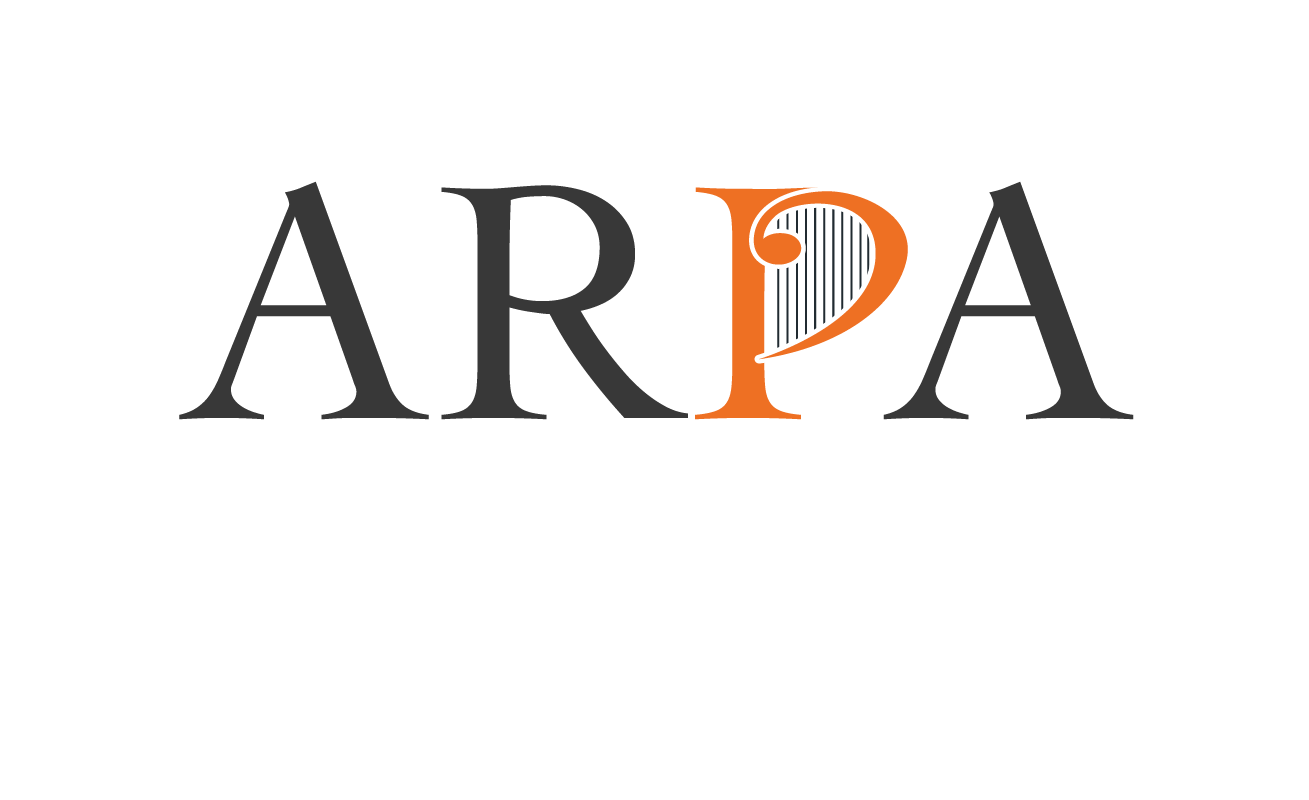Agile resource planning with ARPA
-
Luigi Suardi
- 20 Oct, 2022
- 02 Mins read

The agile methodology is spreading fast from software development to all kinds of enterprises and business processes, bringing the need for agile aspects such as product centric development, collaboration, actionable entities, hierarchical activities, flexible and dynamic workflows, continuous delivery, incremental response to change, and more… As a result, organizations need to evolve from classic ERP (enterprise resource planning) solutions, that support traditional and typically rigid business processes, to ARP (agile resource planning) solutions that support agile processes.
ARPA provides a business application development environment that includes most agile aspects and functionality, so that organizations can develop agile vertical business applications very quickly with zero to low code requirements. From a functional standpoint, ARPA is a set of conventions and tools with the following features:
- Applications portal
- Applications out of the box: scrum, sales, recruit
- Uniform experience across heterogeneous business domains
- Reusable components for frontend and microservice development
- Development methodology based on configuration and extension
- Microservices architecture
With these characteristics developers can focus on business domains rather than on infrastructure and agile aspects already provided by the framework. ARPA applications implement the agile methodology in a natural way and therefore result in agile business processes that improve the day-to-day operations and effectiveness of the organization, its users and collaborators. As a result, user experience is uniform across heterogeneous business domains and users apply the agile methodology without training and with minimum effort, using some fundamental concepts such as:
- APPLICATION: Applications are modeled around business domains. For example, we have applications for human resources, sales, etc... Applications are agile out of the box, i.e. provide a standard set of features that are typical of the agile methodology such as activities, workflows, collaboration, access control, etc. Applications can be extended with data and features that are specific to the business domain.
- TRACKER: Trackers are entities / activities that are described by a set of common traits such as: o have a status o are part of a workflow o react to actions / events o may require collaboration of multiple resources o may be related to other trackers and activities o may generate artifacts that are associated as attachments.
- WORKSPACE: Workspaces are user groups. Users in a workspace have specific access rights to application entities defined by the user business roles in the workspace. Users can have different roles in different workspaces.
- COLLABORATOR: Collaborators are users who work together on a tracker to progress the tracker's workflow. The are typically defined by the users who have access to the tracker's workspace.
- ACTION: Actions are used to progress a tracker workflow and change its status. Actions may execute specific business logic associated to the tracker.
ARPA is being used today to develop mission critical SORINT applications such as sales automation, where opportunities are trackers, business units are workspaces and actions include define a proposal, verify an offer, accept by customers and more. ARPA sales automation will be described in the next post.
Enjoy development with ARPA!
PS: looking for developers, product owner and business stakeholders. please get in touch!







